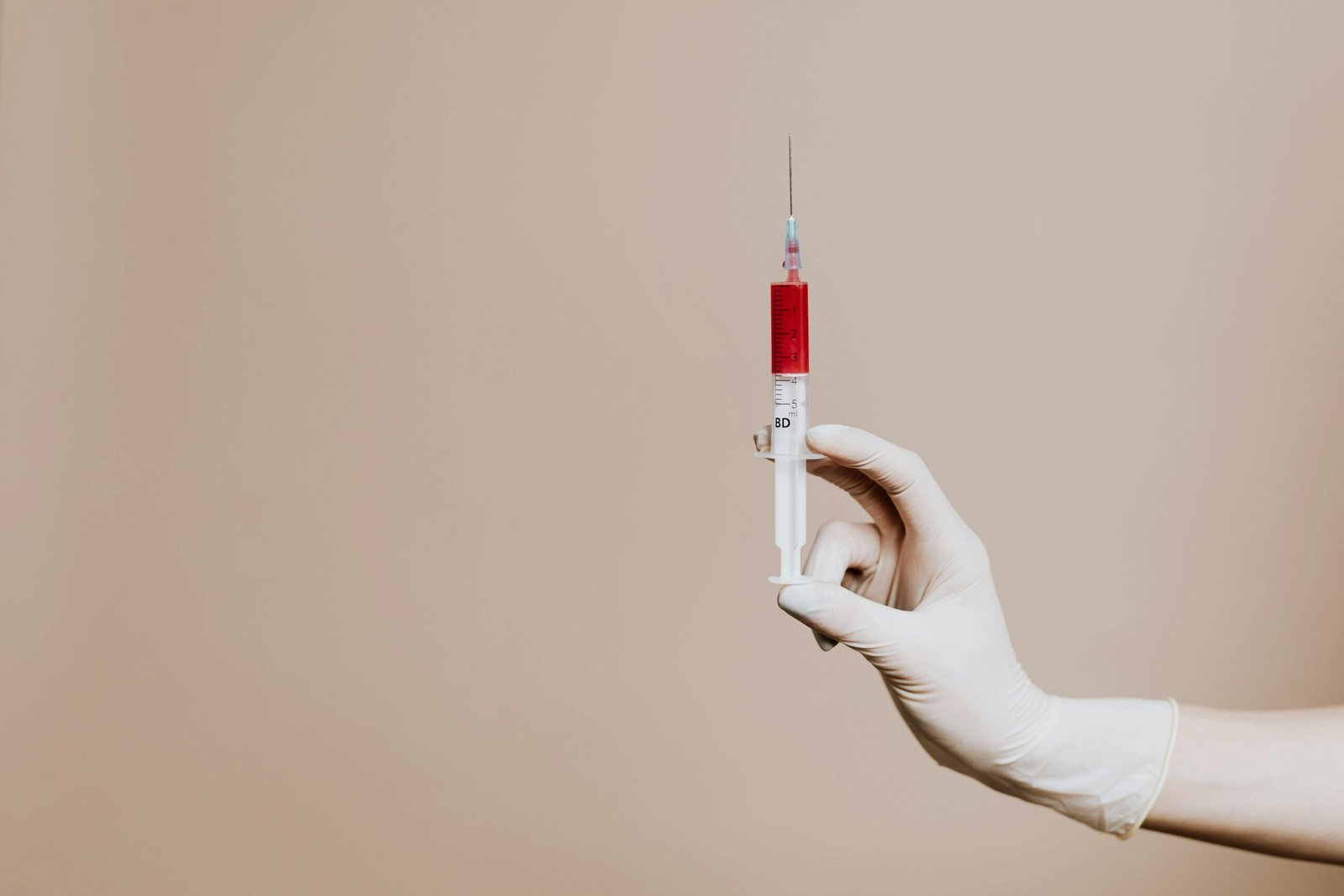Knee joints rebel. Stairs sting. Long walks morph into stop-start marathons. Yet, beneath Singapore’s bright hospital lights, precision therapies slip past scalpels, calm tissues, and hand back mobility without the protracted convalescence linked to full surgery. This guide keeps the scalpel on the sidelines, highlighting methods, timing, prices, and where to seek help.
What Are the Best Minimally Invasive Treatments for Knee Pain in Singapore?
- Intra-articular injections: corticosteroid or hyaluronic injections may be utilised to ease joint pain by reducing inflammation and lubricating joints.
- Radiofrequency ablation: This treatment is used to alleviate the pain for various nerves (shoulder, knee, hip, etc.)
- Spinal cord stimulator (Neuromodulation) – Implanted electrodes send electrical signals to the spine, altering pain perception. This can provide relief for chronic back and neck pain, CRPS, or other nerve-related conditions.
Physiotherapy commonly pairs with every option, building muscle support so pain stays quiet.
When Should You Consider Minimally Invasive Knee Pain Treatment Instead of Surgery in Singapore?
Choose these interventions when:
- Conservative care falters. RICE, oral NSAIDs, or topical gels fail to blunt discomfort.
- Early disease stage. Meniscus nicks or grade-one to grade-two osteoarthritis respond well, postponing larger operations.
- Rapid recovery matters. Clinic visits finish quickly; most people walk out unassisted and resume their routines almost at once.
- High surgical risk exists. Advanced age, cardiovascular issues, or diabetes increase operative hazards; smaller procedures carry fewer complications.
- Daily life suffers, yet severity falls short of replacement criteria. Climbing steps, sleeping, or routine errands hurt, but imaging shows joint structures still salvageable.
Specialists confirm suitability with clinical review and imaging — X-rays first, MRI if detail is vital.
Which Clinics in Singapore Specialise in Minimally Invasive Knee Pain Treatments?
Selecting a facility hinges on three pillars: clinician experience with musculoskeletal medicine, diversity of technology on-site, and commitment to case-by-case care. Accessibility — location and appointment flexibility — also influences convenience.
Total Pain Specialist Clinic stands out, offering minimally invasive treatments, including for knee pain. Some examples of these treatments are radiofrequency ablation, trigger point injections, and neuromodulation.
Final Thoughts
Singapore’s menu of needle-size or device-based knee interventions offers significant respite without the long hiatus linked to arthroscopy or replacement. Quick visits, abbreviated downtime, and expanding scientific backing give patients options rather than ultimatums.
Enlist expert guidance at centres like Total Pain Specialist Clinic — so morning walks, evening sports, and pain-free sleep return to regular programming.


